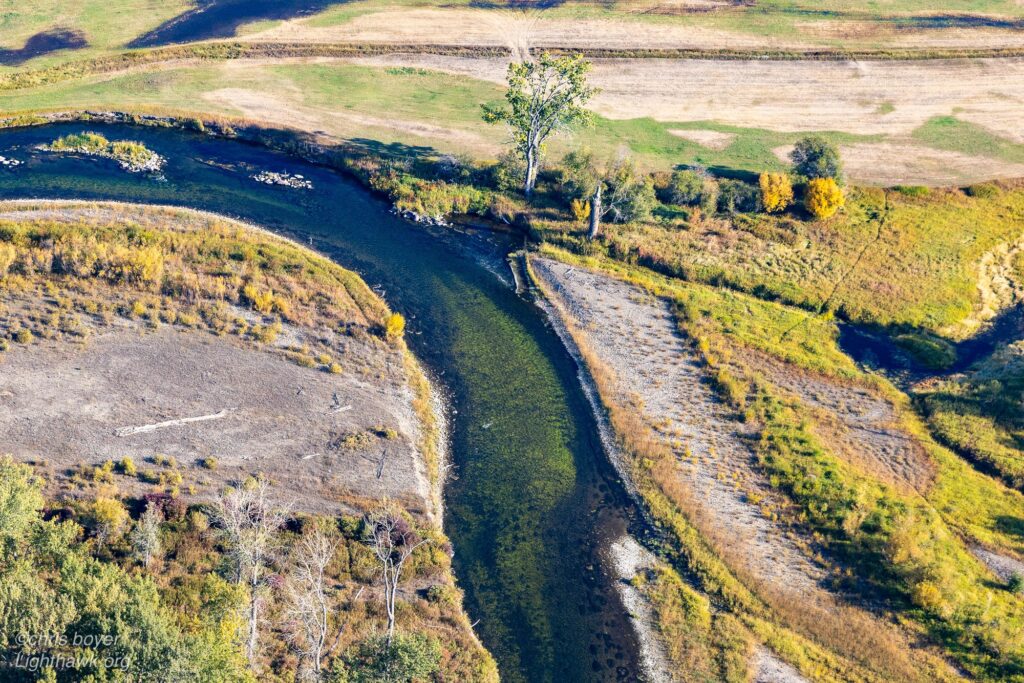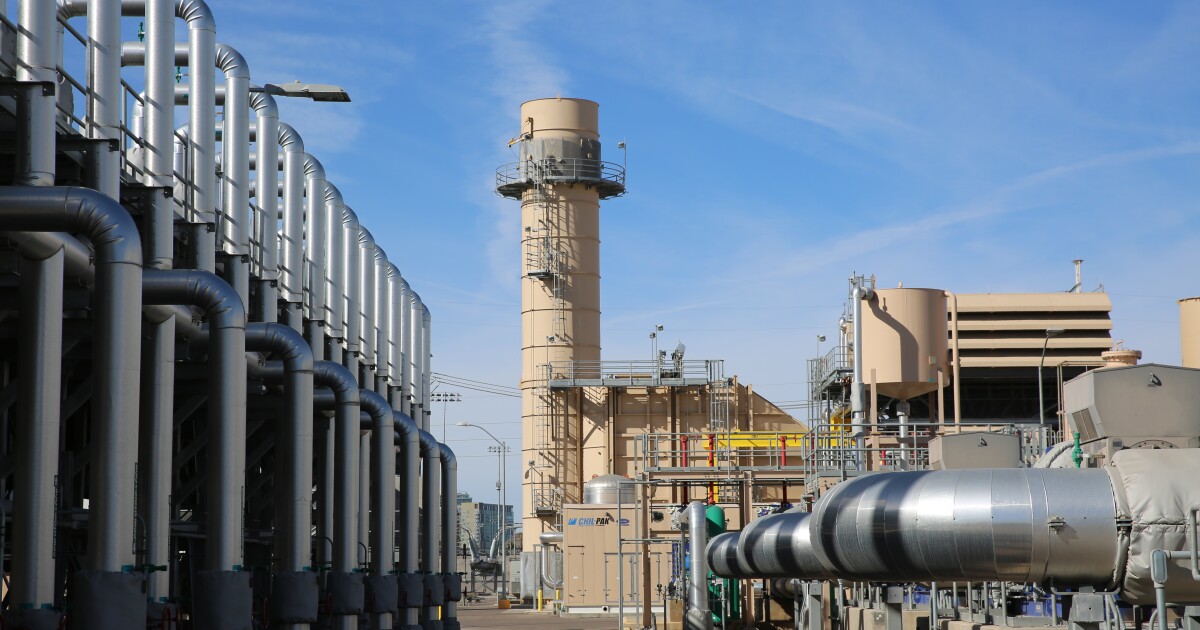The Montana Department of Environmental Quality (DEQ) faces criticism for issuing wastewater permits without a comprehensive nutrient pollution plan. The concern comes after federal approval for Montana to use narrative instead of statistical criteria for water quality standards. The use of subjective measures, like odor and undesirable aquatic life, instead of concrete data, to regulate nutrients such as nitrogen and phosphorus has been permitted.
Upper Missouri Waterkeeper announced a petition on Oct. 29 urging the state to postpone wastewater permits until a science-based strategy is set to protect Montana’s waterways from nutrient pollution. The group collaborates with eight environmental nonprofits to ensure DEQ establishes clear mitigation plans as the state transitions from a prolonged permitting standstill.
Nitrogen and phosphorus are key contributors to algal blooms that reduce dissolved oxygen, harming aquatic life. Wastewater from municipal sources, refineries, and mines is a common point-source of nutrient pollution. Hard-to-regulate diffuse sources like septic systems and agriculture runoff also add to the problem. In 2020, about one-third of Montana’s waterways were considered impaired due to nutrient pollution, as reported by DEQ.
During a legislative session earlier this year, DEQ admitted to halting new wastewater permits and continuing expired ones under previous standards due to regulatory uncertainty. House Bill 664, passed with significant legislative support, allows for narrative standards in lieu of numeric criteria, pending EPA approval. The EPA confirmed on Oct. 3 that the revised approach aligns with federal Clean Water Act requirements.
Guy Alsentzer from Upper Missouri Waterkeeper criticized the lack of a DEQ implementation plan, warning it could lead to the degradation of numerous river miles. He stated, “Right now, DEQ is flying blind without a plan in place to determine — and prevent — harmful levels of nutrient pollution for most Montana waterways.” DEQ, however, maintains that narrative criteria have historically protected Montana’s waters.
DEQ spokesperson Madison McGeffers indicated that the agency is working on applying narrative standards and reviewing permits. DEQ has drafted nutrient-specific modifications for the Sibanye-Stillwater mine permit, currently open for public comment. Alsentzer argues the permit represents a departure from protective, science-based regulations.
Additional petition supporters include organizations like Gallatin River Task Force, Bitterroot River Protection Association, and others. As of Oct. 31, the petition had received 102 signatures. The public comment period for the Sibanye-Stillwater permit revision closes on Nov. 7, after which DEQ will decide on its approval.
—
Read More Montana News










